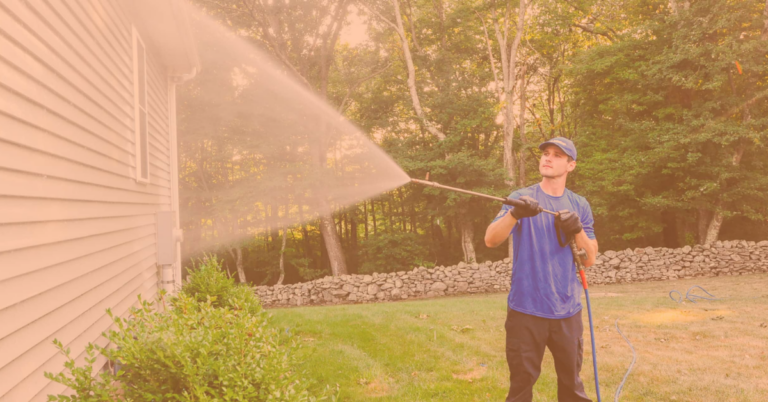Why is It Important to Prime Before Wallpaper Installation?
Priming is a preparatory step in painting where a special coating is applied to a surface before the main paint. Its primary purpose is to create a stable base that ensures paint adheres properly and looks even.
When it comes to wallpaper installation, priming holds a similar, if not greater, significance. It sets the stage for a flawless application, preventing potential issues that could ruin your wallpaper project. Priming is crucial before wallpaper installation as it ensures proper adhesion, prevents damage and enhances the overall appearance of the wallpaper.
Understanding the Role of Primer
A primer acts as a preparatory layer, creating an ideal surface for subsequent layers. For wallpaper, its benefits are numerous:
Consequences of Skipping Primer
Skipping the priming step can lead to several problems:
👉Also read: Questions to Ask a House Painter
Choosing the Right Primer
Selecting the appropriate primer is essential for the success of your wallpaper project. The type of wall you’re working with and the quality of the primer can significantly impact the outcome.
Here’s how to choose the right primer for your needs:
Always opt for a high-quality primer. It might cost a bit more, but the benefits in terms of durability and appearance make it worth the investment.
👉 Also read: Acrylic vs. Latex Paint
Step-by-Step Priming Process
Here’s a simple guide to priming your walls for wallpaper installation:
- Prepare the Walls: Clean the walls thoroughly to remove dust, grease, or old adhesive. Fill any holes or cracks with spackle and sand the surface smooth.
- Apply Primer: Using a roller or brush, apply a coat of primer evenly across the entire wall. Follow the manufacturer’s instructions for drying time.
- Check for Smoothness: Once the primer is dry, check the wall for any rough spots or imperfections. Sand these areas lightly and apply a second coat of primer if needed.
👉Also read: Is House Paint Toxic?
Conclusion
Priming is a foundational step in wallpaper installation that shouldn’t be overlooked. It ensures that your wallpaper adheres properly, lasts longer, and looks its best. By investing time and effort in priming, you’re setting the stage for a successful and beautiful wallpaper project that will stand the test of time.
If you want professional results, consider hiring a Wallpaper Installation Service in Long Island to get the job done right.
If you don’t want to waste your time then hire House Painters Long Island for wall paper installation in Long Island.



